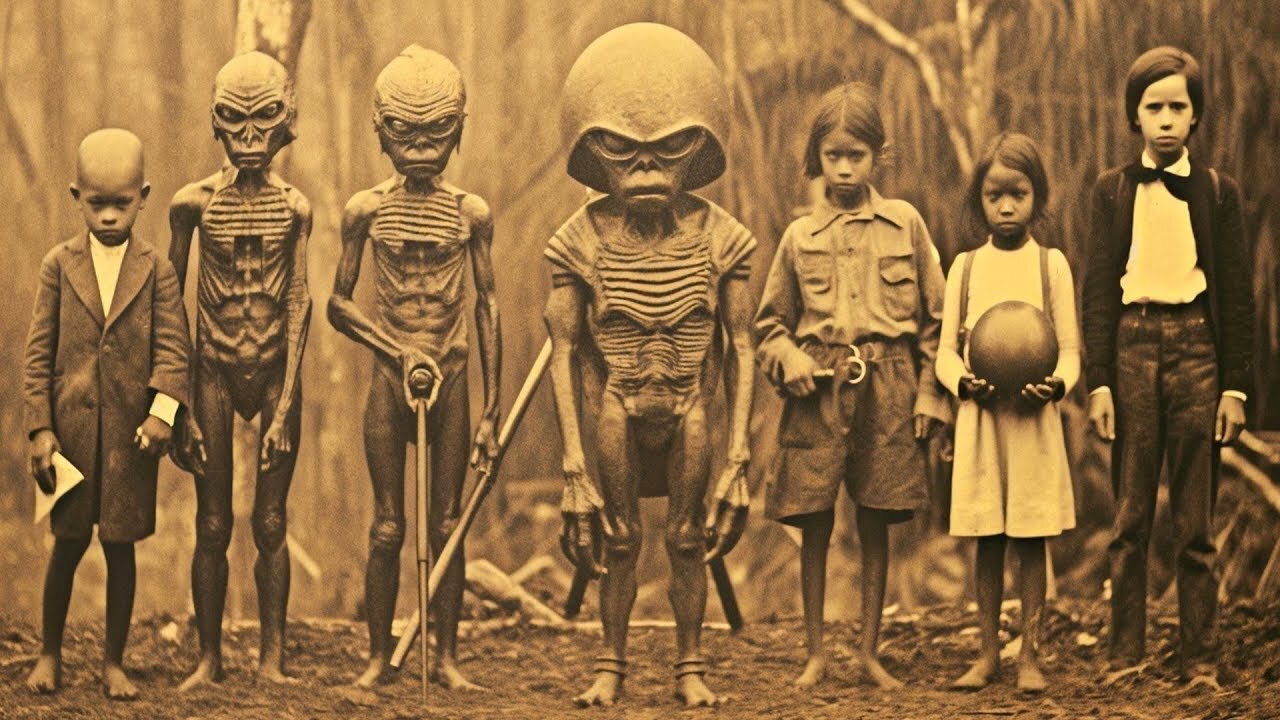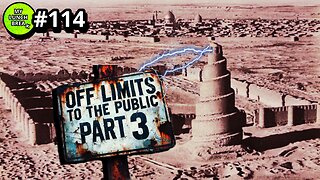Premium Only Content

20 Unexplainable Mysteries That Will Blow Your Mind
The world is full of unsolved mysteries, ranging from ancient civilizations and extraterrestrial activities to bizarre phenomena. Join us, as we look at 20 unexplainable mysteries that will blow your mind.
Mary Celeste
The 282-ton brigantine ship "Mary Celeste" set sail from New York Harbor on its way to Genoa,
Italy, on November 7, 1872. The ship's captain, Benjamin S. Briggs, his wife, Sarah, and their 2- 2-year-old daughter, Sophia, were on board, as were eight crew members. A passing British ship called Dei Gratia spotted the Mary Celeste at full sail and adrift about 400 miles east of the Azores less than a month later, on December 5, with no sign of the captain, his family, or any of the crew.
The ship was undamaged and loaded with six months' worth of food and water, despite several feet of water in the hold and a missing lifeboat. Mary Celeste had a mysterious past. Originally named Amazon, it was renamed after a series of mishaps. An investigation into whether the Dei Gratia's crew should be paid by its insurers for salvaging the "ghost ship" found no evidence of wrongdoing. Mary Celeste would sail for 12 years under various owners before its last captain deliberately ran her aground in Haiti as part of an insurance fraud scheme.
Shroud Of Turin
The Archbishop of Turin says in a carefully worded statement that the Pope "confirms the devotion to the shroud that millions of pilgrims recognize as a sign of the mystery of the Lord's passion and death. You'll notice that nothing about its authenticity is mentioned. The Catholic Church makes no official statement on the subject, only stating that it is a matter of scientific investigation. Since 1989, when radiocarbon dating revealed that the 14ft by 4ft piece of linen was roughly 700 years old, the Church has avoided claiming that it is anything more than an "icon" of Christian devotion. Regardless of the ongoing debate over its age, the Shroud of Turin is a deeply perplexing object.
An international team of experts studied the cloth in 1978 and found no clear explanation for how it came to bear the faint imprint of a bearded man with crucifixion wounds. There are numerous hypotheses. Some argue that the image was created by natural processes, while others attribute considerable ingenuity to medieval relic forgers, and still others invoke wondrous physical processes associated with the Resurrection.
-
 17:53
17:53
Forrest Galante
6 hours agoHow I Joined a Dangerous Remote Tribe (feat. Nelk Boys)
13.9K1 -
 LIVE
LIVE
Vocalot
18 hours agoDay 6! New Here! New Rumble Friends!? 🤙
1,766 watching -
 34:27
34:27
The Connect: With Johnny Mitchell
11 hours ago $5.73 earnedCan He Stop Them? Inside Trumps War On Mexican Drug Cartels & The New Era Of Mexican Organized Crime
13.5K2 -
 2:33:15
2:33:15
Tundra Tactical
4 hours ago $4.68 earnedLuis Valdes Of GOA Joins The Worlds Okayest Firearms Live Stream!!!
14.9K -
 1:03:41
1:03:41
Man in America
12 hours agoAre Trump & Musk the COUNTER-ELITES? w/ Derrick Broze
43.6K24 -
 LIVE
LIVE
DLDAfterDark
3 hours ago $5.67 earnedDLD Live! SHTF Handguns! Which Would You Choose?
747 watching -
 1:50:38
1:50:38
Mally_Mouse
6 hours agoSaturday Shenanigans!! - Let's Play: Mario Party Jamboree
36.2K -
 1:13:00
1:13:00
Patriots With Grit
10 hours agoWill Americans Rise Up? | Jeff Calhoun
29.1K10 -
 14:55
14:55
Exploring With Nug
10 hours ago $9.92 earnedWe Found Semi Truck Containers While Searching for Missing Man!
47.6K7 -
 27:57
27:57
MYLUNCHBREAK CHANNEL PAGE
18 hours agoOff Limits to the Public - Pt 3
98K61